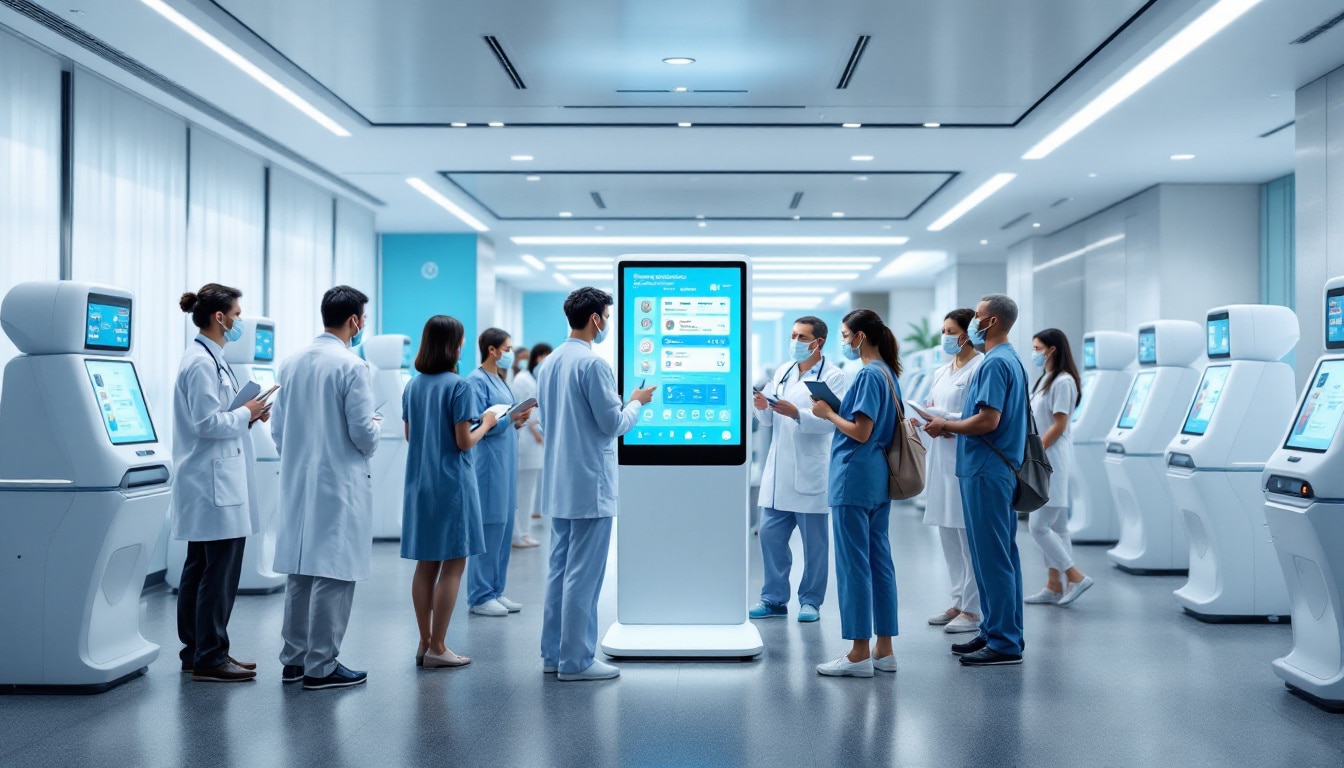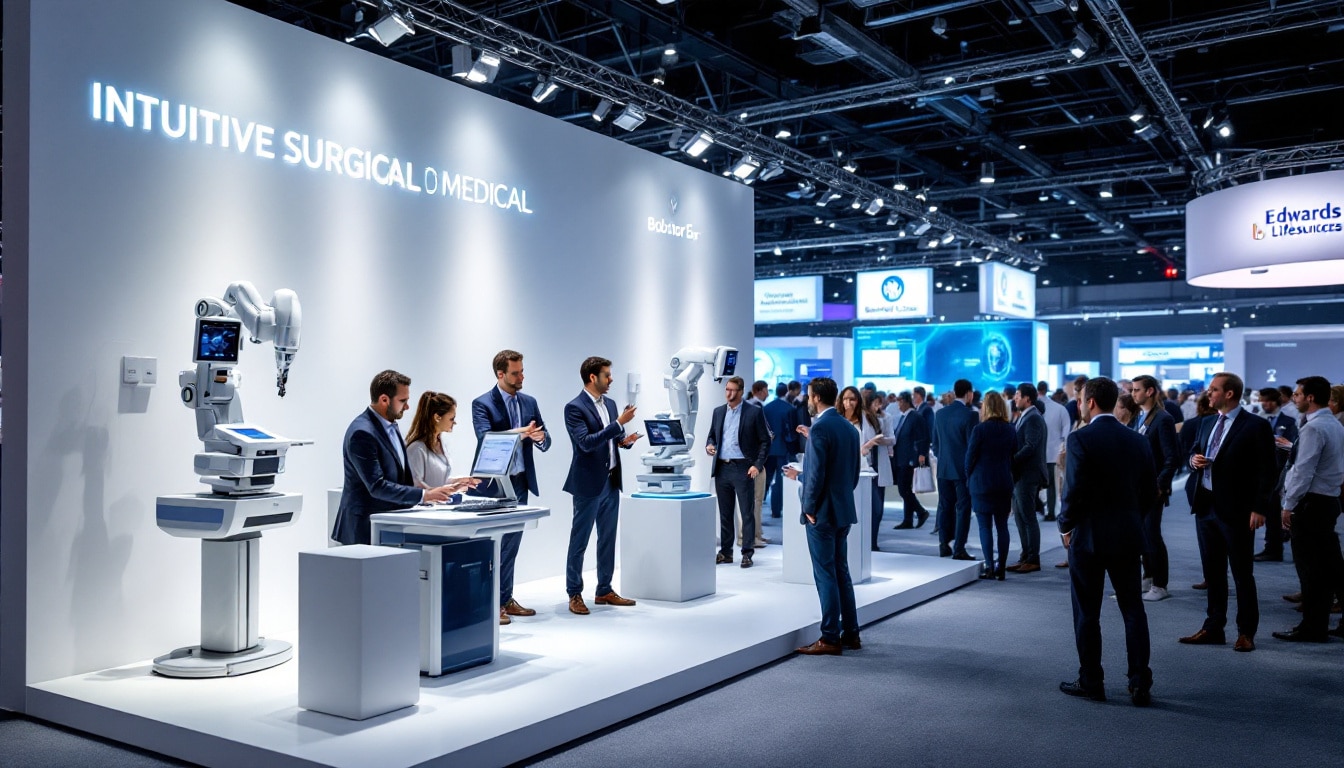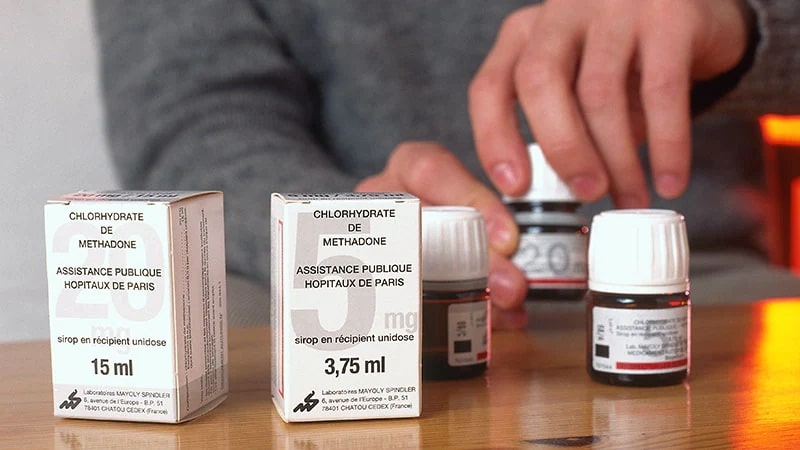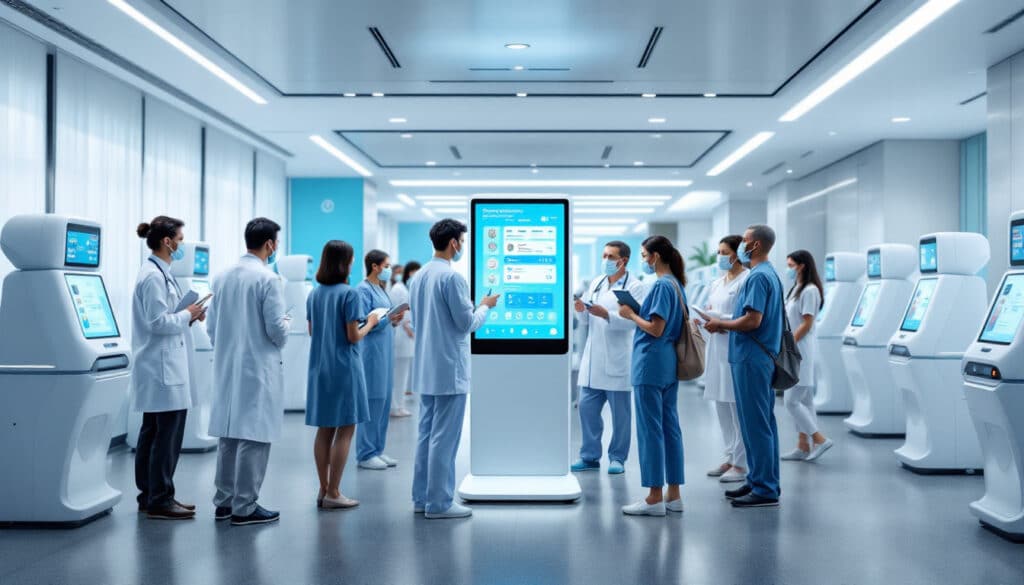In an ever-evolving medical landscape, technological advancements are redefining patient care. European regulations, such as the MDR and the IVDR, are shaping the medtech sector. The market growth, estimated at 587 billion dollars, underscores the crucial importance of these innovations.
As a surgeon, I witness daily the impact of new technologies on medical practice. However, regulatory challenges pose significant obstacles, particularly for SMEs. Recent reports from EY and MedTech Europe highlight the certification issues and prolonged timelines. It is essential to find a balance between innovation and compliance to ensure patient safety.
In an increasingly complex landscape, the MedTech sector in Europe is experiencing sustained growth while facing major administrative challenges. The annual report from MedTech Europe sheds light on the burdens imposed by the IVDR (In Vitro Diagnostic Regulation) and MDR (Medical Device Regulation), which are central to European regulation on medical devices. As the market evolves rapidly, companies, especially SMEs, feel increasing pressure to comply with these strict standards, affecting their competitiveness and ability to innovate.
What are the main administrative challenges posed by the IVDR and MDR?
The IVDR and MDR regulations aim to secure access to medical technologies by ensuring high standards of quality and safety for patients. However, these administrative requirements translate into complex and time-consuming processes for manufacturers. According to the report from MedTech Europe, companies must navigate through a multitude of documents and certification procedures, often lacking sufficient clarity on regulatory expectations.
Moreover, compliance with these regulations requires significant investments in terms of time and human resources. SMEs, in particular, struggle to allocate the necessary funds to meet the requirements, which hinders their ability to innovate and introduce new devices to the market. This situation creates an imbalance, where larger companies can better absorb these costs, thus reinforcing their dominant position in the sector.
How do certification delays affect the MedTech sector?
One of the most problematic aspects reported by MedTech Europe involves the prolonged delays in obtaining IVDR and MDR certifications. These delays are often due to the complexity of application dossiers and the overload of competent authorities. Manufacturers, such as Johnson & Johnson MedTech, report delays of several months, or even years, to obtain the necessary certifications.
These delays have direct repercussions on the market launch of new medical devices, thereby stalling innovation and limiting patient access to cutting-edge technologies. Additionally, the uncertainty surrounding the duration of certification processes makes strategic planning difficult for companies, negatively impacting their investments and long-term development.
What is the vision of SMEs in light of the new regulations?
SMEs represent an essential part of the European MedTech industry, but they find themselves particularly vulnerable to the demands of the IVDR and MDR. The issue of financial sustainability arises, as these regulations impose additional costs in terms of compliance and documentation. MedTech Europe emphasizes in its survey that many SMEs are considering reducing their investments in R&D or slowing down their expansion to absorb these administrative burdens.
Furthermore, SMEs often lack the necessary resources to effectively navigate the complex regulatory framework. This creates a barrier to entry for new players and can limit the diversity of innovations in the sector. Some SMEs are considering collaborating or grouping together to pool costs and compliance efforts, but these solutions require time and coordination that are not always easy to implement.
Why are there calls for the simplification of regulations?
In light of the difficulties faced, many voices are calling for a simplification of the IVDR and MDR regulations. MedTech Europe, in its recent letter to the European Commission, emphasizes the need to review certain aspects of the regulations to make them more accessible, particularly for SMEs. The complexity and rigidity of current processes are perceived as major hindrances to innovation and competitiveness in the European sector.
Proposals such as reducing documentation requirements, optimizing certification processes, or providing additional resources and training for manufacturers are being put forward. The objective is to find a balance between patient safety and the ability of companies to innovate and grow effectively in the European market.
What is the impact of artificial intelligence on the European MedTech?
The integration of artificial intelligence (AI) in the MedTech sector offers promising opportunities to improve diagnostics, treatments, and patient care. However, this technological innovation must also face the regulatory challenges posed by the IVDR and MDR. MedTech Europe emphasizes that current regulations are not always suited to the specificities of AI-based technologies, complicating their compliance.
According to the report from MedTech Europe, alleviating administrative burdens for innovative technologies could encourage more players to invest in AI in healthcare. This would not only reduce entry costs for newcomers but also promote greater diversity of innovations capable of meeting the changing needs of patients.
How does international trade influence the strategies of MedTech companies?
In a globalization context, European MedTech companies must adapt their strategies to face tariffs and international legal developments. The report from MedTech Europe highlights that European regulations, notably the IVDR and MDR, also impact exports to other markets. Differences between international and European standards can complicate the export of medical devices, thus increasing costs and time to market abroad.
To remain competitive, companies must invest in understanding and adapting to the regulations of different countries. This includes establishing flexible compliance processes and collaborating with international partners to effectively navigate diverse regulatory requirements. Initiatives like MedTech Global Gateway provide a pathway for companies seeking to internationalize, thereby facilitating their access to global markets while adhering to local standards.
What are the recent calls for reform of regulations?
A European parliamentarian recently referred to MedTech regulations as a “bureaucratic monster,” denouncing the rigidity and administrative burden they impose. This criticism is supported by numerous surveys conducted by MedTech Europe, revealing an urgent need for reform to lighten administrative burdens and harmonize certification procedures across the European Union.
The increasing demand for reforms is accompanied by calls for better collaboration between regulatory authorities and industry stakeholders. The goal is to create a more favorable environment for innovation while maintaining a high level of safety and quality for medical devices. Proposed reforms include simplifying certification processes, improving transparency in regulations, and enhancing support for manufacturers, especially SMEs, to help them navigate effectively through the European regulatory landscape.
How are investment strategies evolving in the MedTech sector?
In response to the challenges posed by the IVDR and MDR regulations, MedTech companies are prompted to reassess their investment strategies. The report from MedTech Europe emphasizes the importance of adapting investments in light of tariffs and legal developments, particularly concerning regulatory compliance and international development. Companies must invest not only in technology and innovation but also in resources dedicated to managing regulatory compliance.
However, this dual requirement can limit the financial capacities of companies, especially those of smaller or medium size. To address these constraints, some companies choose to strengthen their internal teams or collaborate with external experts specialized in regulatory compliance. For example, the addition of Colby Holtshouse, an expert in the MedTech sector, demonstrates a trend towards strengthening internal skills to better manage administrative challenges.
What are examples of innovation despite regulatory constraints?
Despite the constraints imposed by the IVDR and MDR regulations, the European MedTech sector continues to demonstrate innovation. Companies like ENOVACOM and emobot illustrate the sector’s capacity to develop cutting-edge technologies despite administrative challenges. Innovation is also evident in the integration of AI, cybersecurity, and new approaches to diagnostics and treatment.
These companies invest in research and development to create products that meet patient needs while complying with regulations. Commitment to quality and safety not only satisfies regulatory requirements but also strengthens the trust of end-users. Additionally, collaborations and partnerships with academic institutions and research centers foster an environment conducive to continuous innovation.
What are the future challenges for the MedTech sector in Europe?
The MedTech sector in Europe faces several future challenges, including the need to maintain a balance between strict regulation and dynamic innovation. The report from MedTech Europe emphasizes that to ensure sustainable growth, it is essential to continue efforts towards regulatory simplification while maintaining high standards of safety and quality. Continuous adaptation of regulations to technological advancements, particularly in the field of artificial intelligence, will be crucial.
Moreover, international competition and trade tensions may influence the strategies of MedTech companies. The ability to adapt quickly to legislative changes and new realities in the global market will largely determine the success of European businesses. There will also be a need to focus on training and skill development within companies to effectively navigate the complex regulatory landscape.
Finally, commitment to sustainability and social responsibility will become a key factor, not only to meet the expectations of regulators but also to respond to the growing demands of patients and consumers for ethical and sustainable healthcare.













